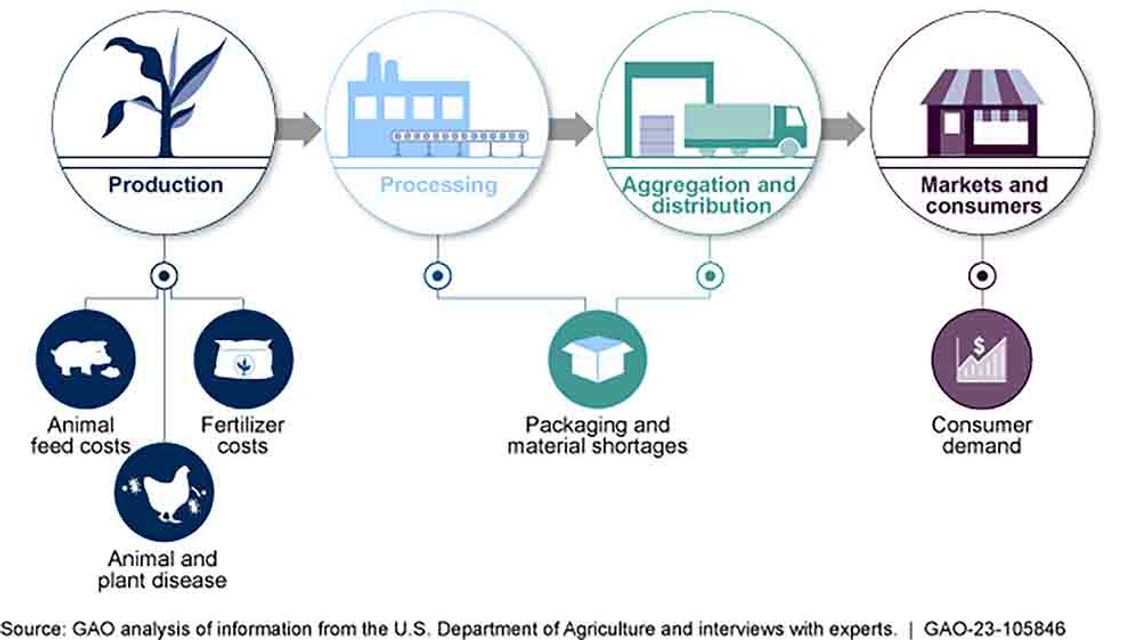By Chris Edwards
[email protected]
The respective pricing of eggs, milk and bread have long been used as a barometer for how well an economy is doing, and, lately, as it is a presidential election year, they’re also used as a political talking point.
Both major party presidential candidates, Kamala Harris and Donald Trump, are using grocery prices as major planks in their campaigning.
Harris has promised a congressional band on price gouging in the food and grocery sectors, while Trump has attacked her rhetoric, and referred to the plan as “Soviet-style” controlling.
Regardless of what candidate says what, the increase of food prices through the past few years have affected everyone. Economists reckon, on average, that consumers spend about 30% of their yearly income on food.
Economic reports show that from 2021-22, food prices in the United States rose by 11%, which was the largest annual price increase in more than 40 years.
Figures from the UN Food and Agricultural Organization (FAO) Food Price Index has shown a slow increase through the past six months, which is opposite trending of much of last year, according to a report from that organization’s website.
One example cited in the FAO’s report was the price of orange juice concentrate, which was 42% higher in April than one year ago.
Factors that the FAO gives as having impact on food prices, worldwide, include geopolitical conflict; extreme weather events; high input costs and increased demands. The COVID-19 pandemic and Russia’s invasion of Ukraine are two major events given as examples of the trend in recent years.
The overall rate of inflation for the U.S. was 2.9% ending in July, for a 12-month period, according to U.S. Labor Department data published last week. The slowing of inflation has had some effect of relief on cash-strapped consumers following months of price increases.
According to the Labor Dept., prices this April were up by 3.4% from the same time the year prior, and the cost of living had risen by 0.3% between March and April, however, the rise in prices for rent and gasoline at that time were offset by decreasing grocery prices, including those for eggs, milk and bread.
Although federal agencies do not control food prices, actions from them can indirectly have an effect, such as relaxing regulations.
No one factor can explain why groceries are still more expensive than they were in 2020, but the combined impacts of higher production costs, supply chain disruptions and other types of incidents have led to many consumers feeling the hurt in the supermarket aisles.
One of the most often-cited items of price increases is beef. At press time, a 5-lb. roll of 80/20 ground beef was priced at $19.94 in the Woodville Walmart store, or $3.99 per pound.
That price, locally, is lower than the 2020 national average of $3.95 per pound, and the current national average of $5.49/lb.
This is one area where cause-and-effect relationships have led to skyrocketing prices, nationally. Years of drought conditions, as well as increasing feed costs have made cattle farming more expensive, so many farmers have thinned out their herds to cut costs.
Just like the rising cost of food, a number of factors will go into whether or not those costs show a decrease.










Comment
Comments